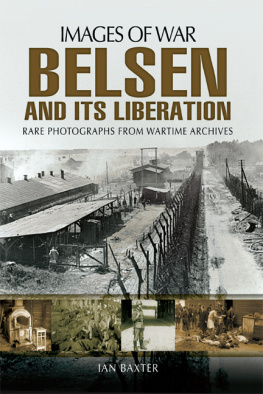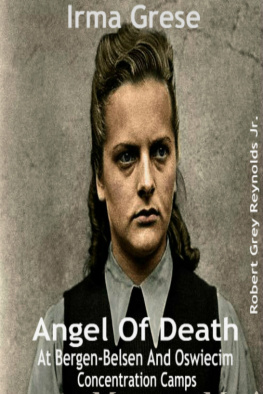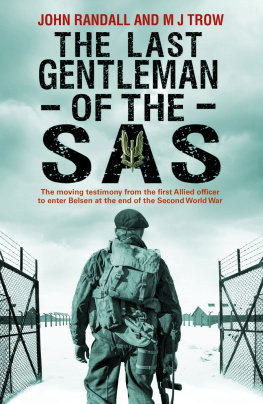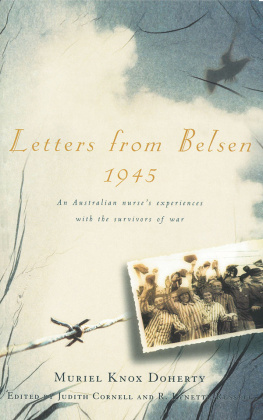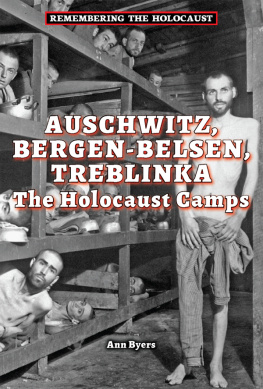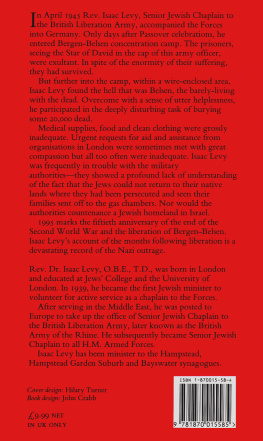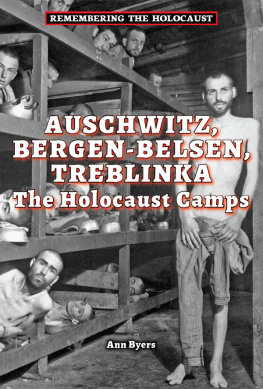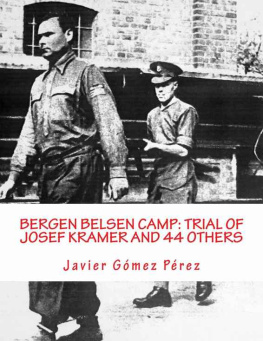
First published in Great Britain in 2014 by
PEN & SWORD MILITARY
An imprint of
Pen & Sword Books Ltd
47 Church Street
Barnsley
South Yorkshire
S70 2AS
Copyright Ian Baxter, 2014
ISBN 978-1-78159-331-8
eISBN 9781473838598
The right of Ian Baxter to be identified as author of this work has been asserted by him inaccordance with the Copyright, Designs and Patents Act 1988.
A CIP catalogue record for this book is available from the British Library.
All rights reserved. No part of this book may be reproduced or transmitted in any form or by any means, electronic or mechanical including photocopying, recording or by any information storage and retrieval system, without permission from the Publisher in writing.
Typeset by Concept, Huddersfield, West Yorkshire HD4 5JL.
Printed and bound in England by CPI Group (UK) Ltd, Croydon CR0 4YY.
Pen & Sword Books Ltd incorporates the imprints of Pen & Sword Archaeology, Atlas, Aviation, Battleground, Discovery, Family History, History, Maritime, Military, Naval, Politics, Railways, Select, Social History, Transport, True Crime, and Claymore Press, Frontline Books, Leo Cooper, Praetorian Press, Remember When, Seaforth Publishing and Wharncliffe.
For a complete list of Pen & Sword titles please contact
PEN & SWORD BOOKS LIMITED
47 Church Street, Barnsley, South Yorkshire, S70 2AS, England
E-mail: enquiries@pen-and-sword.co.uk
Website: www.pen-and-sword.co.uk
Contents
About the Author
Ian Baxter is a military historian who specialises in German twentieth-century military history. He has written more than forty books including Poland The Eighteen Day Victory March, Panzers in North Africa, The Ardennes Offensive, The Western Campaign, The 12th SS Panzer-Division Hitlerjugend, The Waffen-SS on the Western Front, The Waffen-SS on the Eastern Front, The Red Army at Stalingrad, Elite German Forces of World War II, Armoured Warfare, German Tanks of War, Blitzkrieg, Panzer-Divisions at War, Hitlers Panzers, German Armoured Vehicles of World War Two, Last Two Years of the Waffen-SS at War, German Soldier Uniforms and Insignia, German Guns of the Third Reich, Defeat to Retreat: The Last Years of the German Army at War 1943 1945, Operation Bagration the destruction of Army Group Centre, German Guns of the Third Reich, Rommel and the Afrika Korps, U-Boat War , and most recently The Sixth Army, the Road to Stalingrad, German Mountain Troops , and Himmlers Nazi Concentration Camp Guards . He has also written over 100 articles including Last Days of Hitler, Wolfs Lair, Story of the VI and V2 Rocket Programme, Secret Aircraft of World War Two, Rommel At Tobruk, Hitlers War with his Generals, Secret British Plans to Assassinate Hitler, SS At Arnhem, Hitlerjugend, Battle Of Caen 1944, Gebirgsjger at War, Panzer Crews, Hitlerjugend Guerrillas, Last Battles in the East, Battle of Berlin and many more. He has also reviewed numerous military studies for publication, supplied thousands of photographs and important documents to various publishers and film Production Companys worldwide, and lectures to various schools, colleges and universities throughout the United Kingdom and Southern Ireland.
Photographic Credits
Many of the photographs in this volume showing the liberation of Belsen were obtained with the kind permission of the Imperial War Museum in London. The photographs were taken by the British Army Film and Photographic Unit and prove beyond any reasonable doubt the pain and horror that was inflicted on the inmates of the camp.
Other photographs in this book were collected over a period of years by the author showing SS guards, notably the infamous Totenkopf (Deaths Head) while training or on duty. Imagery by the Germans relating to the operations of Belsen is almost non-existent and unpublished material very scarce. The author has striven throughout to show in photographic form, at least to some degree, the life of the SS soldier while operating inside and outside the concentration camp. To maintain a balance, photographs from the Imperial War Museum have been used showing extensively the liberation and what the British found upon entering the camp.
Introduction
B elsen and Its Liberation is an illustrated record of how the Nazis ran this notorious concentration camp. Originally established as a prisoner of war camp, Jewish hostages were held there with the intention of exchanging them for German prisoners of war held overseas. However, by 1943 the SS took over the camp and decided to expand the camp to accommodate Jews from other concentration camps. What followed were scenes of absolute horror and barbarity on a grand scale, perpetrated by both male and female guards. Accompanied by rare and unpublished photos, this book presents a unique visual account of one of historys most infamous episodes. Some of the imagery in it will show the murderous activities of individual SS-men inside Belsen, and reveal another disturbing side to them relaxing in their barracks or visiting their families and loved ones. The book provides an absorbing insight into how the SS played a key part in murdering, torturing and starving to death the inmates. During the latter part of the war, as many as 500 a day were perishing from the long-term effects of starvation and disease. The reader will find a wealth of information on how the camp was run and on all aspects of life for the inmates.
With the war dramatically drawing to an end, the final episode of Belsen is witnessed by British soldiers of the Second Army, who were neither physically nor psychologically prepared for what they encountered when they arrived at the gates of the camp. Inside the camp they were greeted with some 10,000 unburied dead, in addition to the mass graves which already contained 40,000 more corpses.
This volume captures the story of those that ran Belsen, those that perished, and the troops that liberated the living from their hell.
Profile of a Concentration Camp Guard
T he barbaric behavior of concentration camp guards has raised some serious questions regarding the human capacity for evil. But the perpetrators as a whole were not sadists lusting for power and blood, or brainwashed by propaganda, or simply following orders. They had given themselves a personal choice to be or not to be evil. Many chose to be ruthless and brutal, and actually promoted the use of violence and terror.
Many of the SS who were posted to camps such as Belsen spoke about their personal experiences as if it was normal, except that rations for SS members were particularly good. Nowhere do they present themselves as mindless automatons that would have followed any command given to them. Although they were massively influenced by the propaganda of the times, it is evident from extensive research that they nevertheless made a series of personal choices. They carried on working in the concentration camps not just because they were ordered to but because, having weighed the evidence put before them, they thought that treating the inmates inside the camps inhumanely and killing them, was right. They could have easily rejected the values of their community, resisted and got posted to the front, but there is no record of any member of the SS ever having done so on moral grounds.
The men and women who were posted to Belsen regarded it as a particularly good posting, and felt what they were doing there was right. Although they were taught blind and absolute obedience to all orders from their SS superiors, on a number of occasions they felt able to criticize the way the camp was being run. They knew that they never needed to fear terrible retribution if they criticized an order because, strange as it may seem, the Nazi leadership allowed functionaries lower down the chain of command openly to use their initiative and voice their views. Many of them, whatever they may have professed to their captors at the end of the war, actually believed wholeheartedly in the Nazi vision, and this meant that they felt free to question the details of its implementation. Many of the guards knew that they had embarked on something that human beings had never attempted before the systematic extermination of thousands of men, women, and children in a matter of months. These men and women in the camps had created killing factories, whether they were extermination camps with gas chambers, or such as Belsen where inmates were tortured, shot, starved and left to die disease ridden. They were concerned not about the suffering of the inmates, but about problems of how the camp would run smoothly and efficiently.

